Mangoes, often hailed as the “king of fruits,” are beloved globally for their sweet, tropical flavor and vibrant hue. However, their short shelf life poses a challenge for enthusiasts who wish to enjoy them beyond peak ripeness. The refrigerator emerges as a go-to solution for extending their freshness, but questions linger: How long can mangoes be stored in the fridge? What factors affect their longevity? Are there best practices to maximize their lifespan without compromising taste or texture? This article delves into the science and practicality of refrigerating mangoes, offering actionable insights to help you savor this exotic delight for longer.
Understanding Mango Ripening and Spoilage
Before addressing refrigeration, it’s crucial to grasp the ripening process. Mangoes, like many fruits, continue to ripen after harvest due to ethylene gas, a natural plant hormone. This gas accelerates the conversion of starches into sugars, softening the flesh and intensifying the flavor. However, overripening leads to spoilage, characterized by mushy texture, off-putting odors, and mold growth.
The ideal time to refrigerate mangoes hinges on their ripeness stage. Unripe mangoes are firm, green, and astringent, while ripe ones yield slightly to pressure and emit a floral aroma. Refrigerating unripe mangoes halts ripening, potentially leaving them inedibly firm and sour. Conversely, ripe mangoes benefit from cold storage to slow decay.
Factors Influencing Refrigerator Storage Time
The lifespan of refrigerated mangoes depends on several variables:
- Ripeness at Refrigeration: Ripe mangoes last 3–7 days, while slightly underripe ones may take 2–3 days to ripen in the fridge.
- Variety: Some mango cultivars, like Alphonso or Kent, have thicker skins or denser flesh, which may resist spoilage longer than thinner-skinned varieties (e.g., Ataulfo).
- Storage Conditions: Temperature, humidity, and packaging affect shelf life.
- Preparation: Whole vs. cut mangoes differ in longevity.
Ideal Refrigerator Settings for Mangoes
To optimize storage:
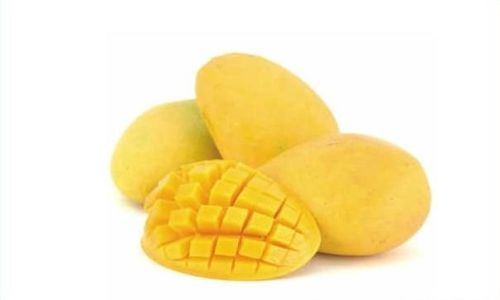
- Temperature: Set your fridge between 40°F (4°C) and 45°F (7°C). Colder temperatures risk freezing the fruit, causing cell damage and texture loss.
- Humidity: Most refrigerators have low humidity drawers. For mangoes, moderate humidity (not overly dry) is preferable. Consider wrapping them in perforated plastic bags to retain moisture without trapping excess ethylene.
- Placement: Avoid storing mangoes near ethylene-sensitive produce (e.g., leafy greens) to prevent premature spoilage.
Storing Whole Mangoes in the Refrigerator
Step 1: Assess Ripeness
- If the mango is ripe (slightly soft, fragrant), proceed to refrigeration.
- If unripe, leave it at room temperature (68–77°F/20–25°C) until ripe, then refrigerate.
Step 2: Preparation
- Gently wash the mango to remove dirt and pesticides.
- Dry thoroughly to prevent mold.
- Place in a breathable container or a perforated plastic bag.
Step 3: Storage Duration
- Ripe whole mangoes: 3–7 days.
- Slightly underripe mangoes: 2–3 days to ripen, then 3–5 days.
Pro Tip: To accelerate ripening in the fridge, place mangoes in a paper bag with an apple or banana (ethylene producers). However, this may shorten overall shelf life.
Storing Cut Mangoes in the Refrigerator
Cut mangoes have a shorter lifespan due to exposed flesh. Follow these steps:

- Cutting Technique: Use a sharp knife to slice along the flat pit. Score the flesh into cubes without piercing the skin, then bend the skin backward to create “mango hedgehogs.”
- Packaging: Store cut mangoes in airtight containers or resealable bags. For added freshness, brush the cut surfaces with lemon juice to prevent browning.
- Storage Duration: Cut mangoes last 2–4 days. Discard if they develop a sour smell, excessive softness, or mold.
Freezing Mangoes for Long-Term Storage
For extended preservation, freezing is ideal:
- Preparation: Peel, slice, and coat mango chunks in sugar syrup (1 part sugar to 4 parts water) or lemon juice to retain color and texture.
- Freezing: Spread pieces on a baking sheet to freeze individually, then transfer to freezer-safe bags. Label with the date.
- Shelf Life: Frozen mangoes last 8–12 months. Thaw in the fridge overnight or use directly in smoothies, sauces, or desserts.
Signs of Spoilage to Watch For
Refrigeration slows but doesn’t halt decay. Check for:
- Texture: Overly mushy or shriveled flesh.
- Odor: Sour, fermented, or alcoholic smell.
- Mold: Fuzzy growth in hues of gray, green, or black.
- Discoloration: Dark spots or bruises spreading rapidly.
Common Mistakes to Avoid
- Refrigerating Unripe Mangoes: Halts ripening, leading to inedible fruit.
- Overcrowding: Poor airflow accelerates spoilage.
- Ignoring Humidity: Excessive dryness causes shriveling; too much moisture promotes mold.
- Storing Near Strong-Smelling Foods: Mangoes absorb odors easily.
Creative Ways to Use Mangoes Before They Spoil
To minimize waste, incorporate mangoes into recipes:
- Smoothies: Blend with yogurt, spinach, and pineapple.
- Salads: Toss with arugula, avocado, and lime dressing.
- Salsas: Combine with cilantro, jalapeño, and red onion.
- Desserts: Grill mango slices and serve with ice cream.
- Jams/Chutneys: Cook with sugar and spices for a tangy spread.
Health Benefits of Mangoes
Beyond their culinary versatility, mangoes are nutrient-dense:
- Vitamins: Rich in vitamin C (boosts immunity) and vitamin A (supports eye health).
- Antioxidants: Contain beta-carotene and polyphenols, which combat inflammation.
- Fiber: Aids digestion and promotes satiety.
FAQs About Storing Mangoes
Q: Can I store mangoes in the crisper drawer?
A: Yes, but adjust humidity levels to “medium” to prevent moisture buildup.

Q: Why do mangoes develop black spots in the fridge?
A: Cold injuries or bruising during storage cause discoloration. Handle gently and inspect before refrigeration.
Q: Is it safe to eat mangoes past their prime?
A: If spoilage signs are absent, slightly overripe mangoes are safe for cooking but may lack optimal flavor.
Q: Can I freeze whole mangoes?
A: Not recommended. Freezing alters texture; slicing before freezing preserves quality.
Conclusion
Refrigeration is a powerful tool for prolonging mango freshness, but its effectiveness depends on ripeness, preparation, and storage conditions. By adhering to best practices—such as refrigerating only ripe mangoes, using proper packaging, and monitoring for spoilage—you can extend their lifespan to a week or more. For longer-term needs, freezing offers a reliable alternative. Whether enjoyed fresh, blended into a smoothie, or baked into a dessert, mangoes deserve a place in your kitchen beyond their brief seasonal window. With mindful storage, you can relish their tropical sweetness anytime the craving strikes.

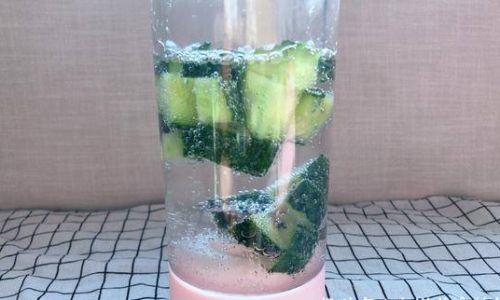
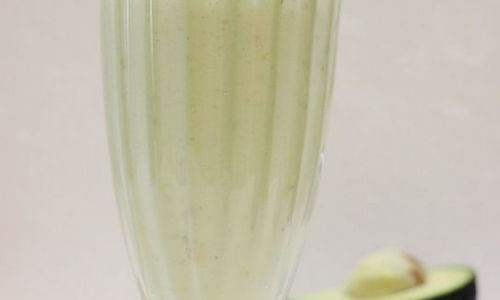
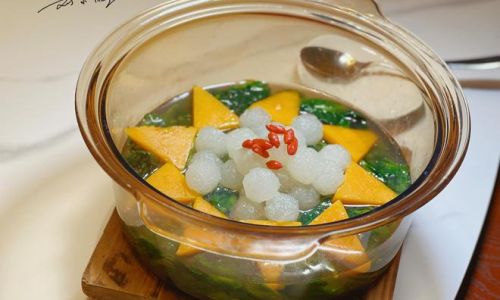
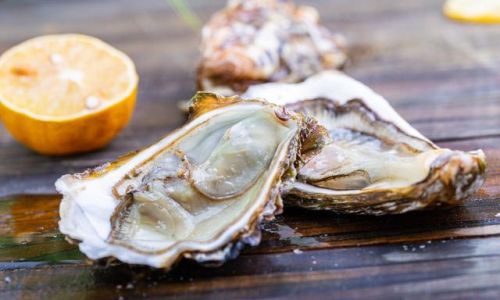

0 comments